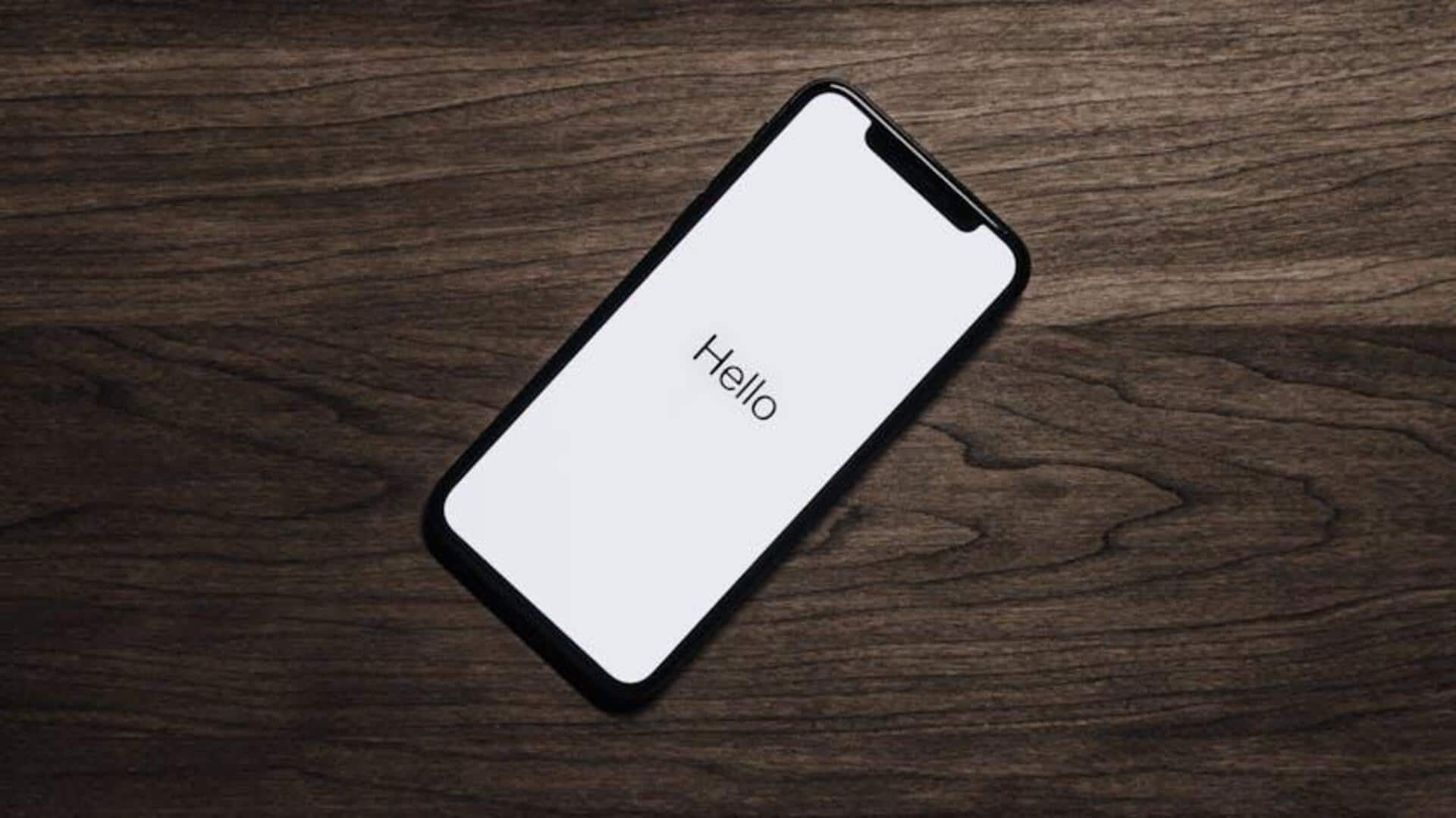
How to secure your smartphone (no apps needed!)
What's the story
Smartphones have become an inseparable part of our lives, carrying a treasure trove of personal information. Making them secure is essential to keep sensitive data away from prying eyes. Though third-party apps provide a range of security features, there are some effective ways to secure your smartphone with built-in settings and practices. Here are some practical steps to secure your smartphone without external apps.
Authentication
Use strong passwords and biometrics
Setting a strong password is the first line of defense for your smartphone. Don't go for simple combinations like "one two three four" or "password." Instead, use a mix of letters, numbers, and symbols to add complexity. Also, enable biometric authentication like fingerprint or facial recognition if your device supports it. These methods provide an additional layer of security by ensuring only you can unlock the phone.
Updates
Regularly update your operating system
Keeping your OS updated is crucial to keep your smartphone secure. Manufacturers release updates to patch vulnerabilities and improve the overall stability of the system. Regularly check for updates in the settings menu and install them immediately to guard against potential threats that exploit old software.
2FA setup
Enable two-factor authentication (2FA)
Two-factor authentication provides an extra layer of protection by asking for two forms of verification before allowing access to accounts or services associated with your phone. Enable two-factor authentication on all supported apps and services by linking them with a secondary device or email account. This way, even if someone gets access to your password, they won't be able to breach your accounts so easily.
Permissions control
Manage app permissions carefully
Regularly reviewing app permissions is extremely important to ensure the safety of personal information on smartphones. Head over to the privacy section in the settings menu to check out the permissions of every app. Make sure you revoke any permission that looks unnecessary for the app's primary functionality. This way, you can reduce the chances of data exposure by preventing apps from accessing what they don't need to work.
Built-in tools
Utilize built-in security features
Modern smartphones come with several built-in security features, allowing you to enhance your safety without having to install third-party apps. Features like Find My Device help you locate lost phones remotely, while letting you lock or erase data if required, securely. Similarly, encryption options keep stored data from being accessed without proper credentials, when enabled from device settings menus.